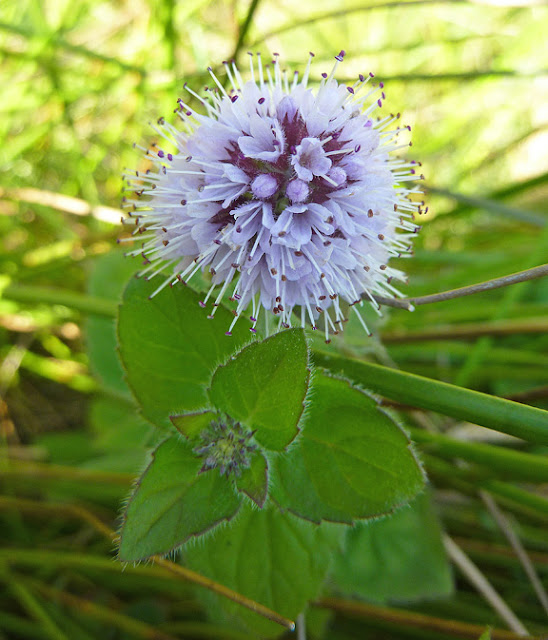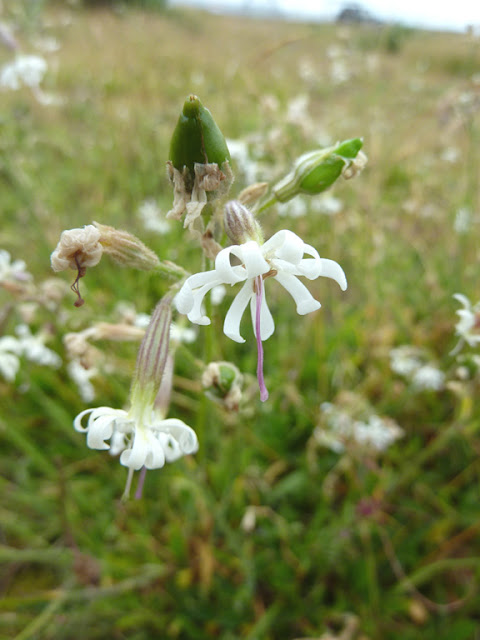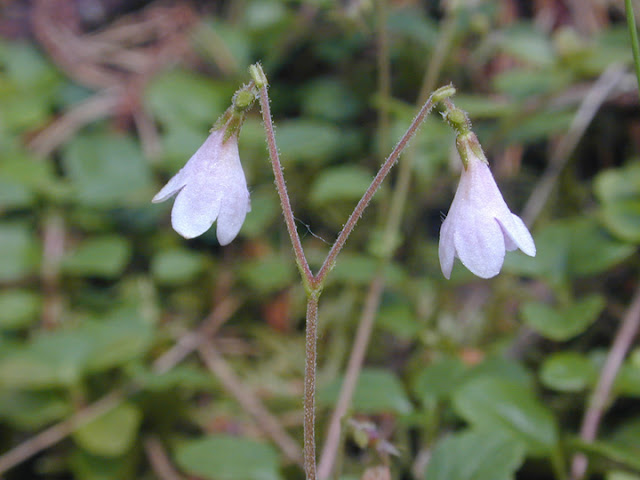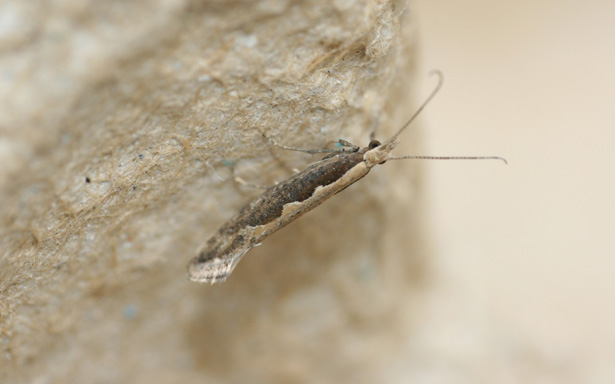The jewel of the mountain top

4. Rock Speedwell (Veronica fruticans) Early July, 2008. A vile day, with swirling force 6-8 winds thrashing heavy rain about with violent abandon. Not a day for botanising, and certainly not a day to be at the top of Ben Lawers, the most famous of the Scottish botanical mountains, with a feast of alpine plants not equalled elsewhere. But here I was, soaked to the skin, barely able to see further than 100m in front of me, and at times that view was down to 10m. Fortunately the path is well marked and worn, and as long as I kept to it and did not wander from it, I was safe. I had been sheltered somewhat from the elements by Ben Ghlass's shoulder, but, as I ventured towards the final stretch of the summit path the weather got at me unimpeded. What part of me that was dry now became very wet indeed. Every so often the fog-like cloud parted for a few seconds to reveal the way ahead. A boulder strewn grassy rise led up to the cliff base but it was not until I was close to this wall ...
















